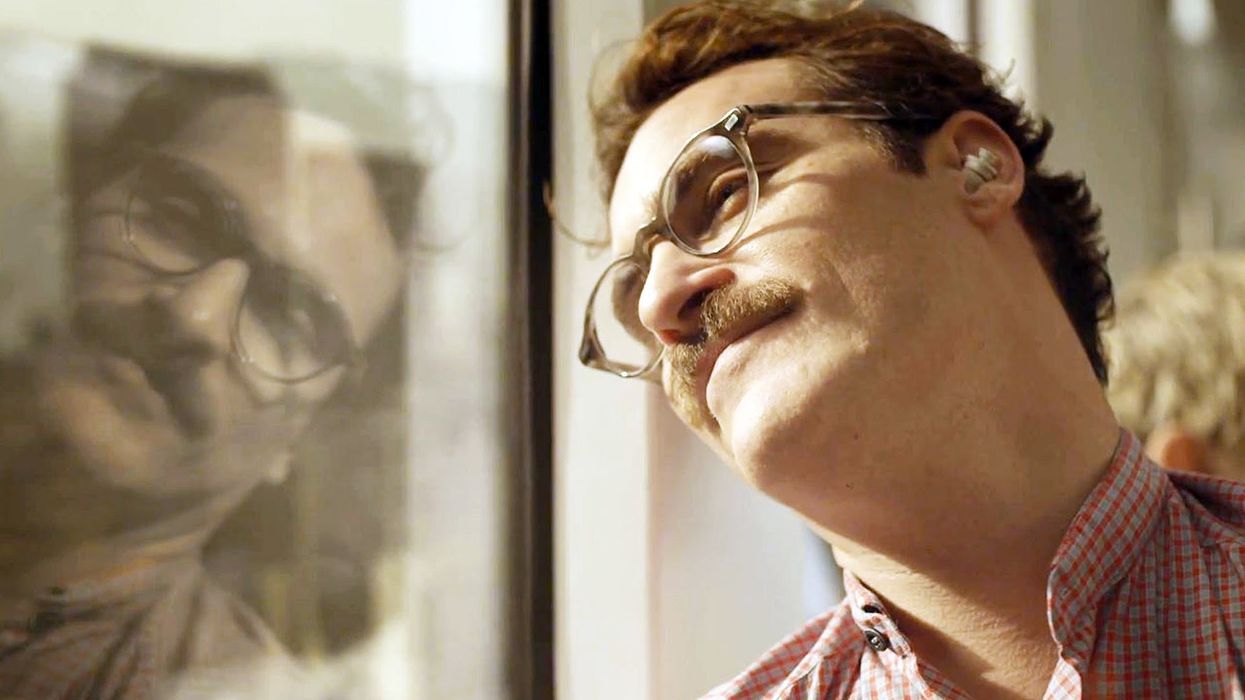RIP Eric Zumbrunnen, Editor of Every Spike Jonze Movie
We take a look back on the career of Eric Zumbrunnen, Spike Jonze's editor, who recently passed away.

Eric Zumbrunnen, ACE, who edited every Spike Jonze movie in addition to many iconic music videos, has died at the age of 52.
Zumbrunnen graduated from USC with a degree in journalism. He found his strongest working relationship in a lengthy collaboration with Jonze that started at MTV and led to the acclaimed features Being John Malkovich (1999), Adaptation (2002), Where the Wild Things Are (2009) and Her (2013). He won the Best Edited Feature Film Award from the American Cinema Editors for Malkovich.
Zumbrunnen found his way into editing via music videos, editing several iconic '90s clips, including several Jonze classics. The duo's work on Weezer's "Buddy Holly," which seamlessly blended footage from Happy Days with the band performing, was a triumph of post-production and won Best Alternative Video at the 1995 VMAs.
Zumbrunnen 's recent work includes the insane Jonze-directed Kenzo ad, which won a Bronze Lion for Editing at the Cannes Lions International Festival of Creativity.
Other notable music videos Zumbrunnen worked on include Beck's "Where It's At" and the Smashing Pumpkins' "Tonight, Tonight," which was directed by Little Miss Sunshine helmers Jonathan Dayton and Valerie Faris and featured an intricate homage to Georges Méliès' A Voyage to the Moon.
Discussing his feature work, Zumbrunnen said that Jonze's films came together in the cutting room—the product of winnowing four hours of footage and discovering the story as they went.
In a discussion with the Hollywood Reporter about the editing of Her, a love story between a man and an intelligent computer operating system, Zumbrunnen explained the unique challenges of cutting a relationship film where one of the parties is never seen. Discussing one pivotal scene, he said, “[It] evolved through the editorial process. We had to know that she was connecting with him and feeling for him. You wanted to get the sense that the conversation was drawing them closer.”
Breaking down the film with the L.A. Times, Zumbrunnen further said, "With a film about two people in conversation, you do kind of want to see the other person. And the fact that you couldn’t do that—well, it wasn’t easy. You could go to the shot of the device...There are times we specifically cut to [it], but that’s to show the gulf between them. We really only tried to do it only in those cases."
Throughout his career, Zumbrunnen tackled post-production problems that were anything but ordinary, and he tackled them with an aplomb and attention to detail that made the final product seamless and life-like, no matter how far-fetched the subject matter. Of course, though he made it look easy, he once joked that the stages of cutting a film included: "'It's going to be amazing,' 'I don't know what I can do with this,' 'What if everyone finds out I'm a fraud?' 'Damn the deadline,' and finally, the 'I'm a genius' point."
Shortly before his untimely death from cancer, Zumbrunnen had been extended an invitation to join the Academy of Motion Picture Arts and Sciences. He is survived by his wife Suzanne and children Henry and Greta. Though his career was all too short, what he accomplished will stand as a legacy of innovation and imagination.











